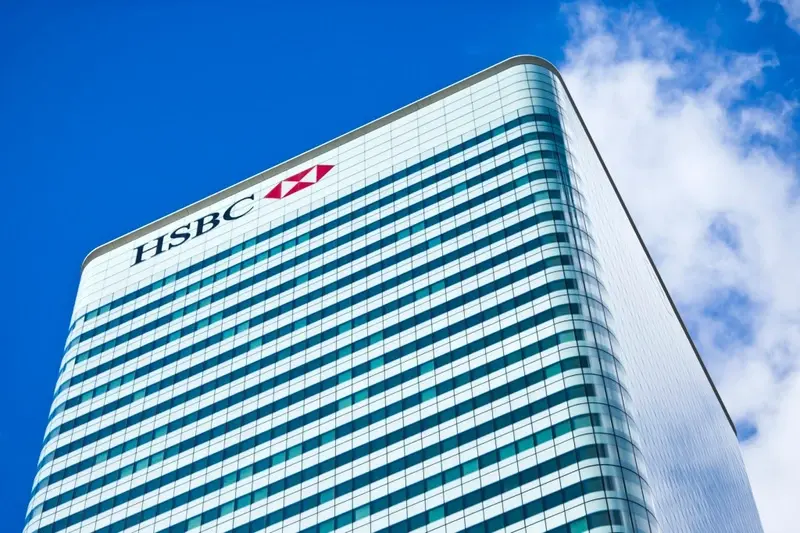
Europe’s largest bank HSBC (HSBA) is down 3.5% to 734.1p as results reveal profit and revenue came in below analysts’ expectations for its final quarter of 2017.
For the year the bank posted adjusted pre-tax profits of $21bn, an 11% improvement on the previous year. However fourth quarter to 31 December underlying pre-tax profits of $3.6bn came in around 8% below market expectations.
For those investing in the banking sector, the dividend is one of the major draws. HSBC may disappoint as it reveals that it is not increasing the payout nor is there any new share buyback programmes on the horizon.
Given HSBC’s healthy capital position, its common equity tier one (CET1) ratio has almost risen by an entire percentage point in a year to 14.5% from 13.6% this may seem stingy. CET1 is a sign of the bank’s ability to withstand economic shocks and a strong buffer usually means the bank has capital to return to shareholders.
Incoming CEO John Flint, who replaces Stuart Gulliver, declined to comment on the bank’s strategy, instead saying he would update investors when the bank releases half-year results.
HSBC’s dividend yield remains at 4.8%, whereas peer Lloyds Banking (LLOY) yields around 6% based on forecasts for 2018.
TURNAROUND STILL IN EVIDENCE
Despite today’s disappointment over a fourth quarter earnings miss, the bank’s fortunes have certainly changed under Gulliver’s stewardship.
The bank has recorded its first annual revenue rise in six years with adjusted revenues up 5% to $51.5bn. Again this missed consensus forecasts but indicates that ‘business momentum remains healthy’ according to William Howlett, bank analyst at investment manager Quilter Cheviot.
HSBC’s investment banking unit which it calls the global banking and markets division has been impacted by a 24% drop in fixed income, currency and commodity trading revenues in line with its global rivals. For Ian Gordon, investment bank Investec analyst, this was ‘a key area of disappointment’.
However, Gordon adds that the bank's net interest margin has stabilised at 1.63% after 'a decade in decline'. Net interest margin is a key indicator of a bank's profitability.
HSBC trades on 1.4 times Investec’s 2018 forecast net asset value. This is not the cheapest valuation in the sector but probably reflects its focus on the high growth Asian markets that delivered more than 75% of its profits for 2017.



